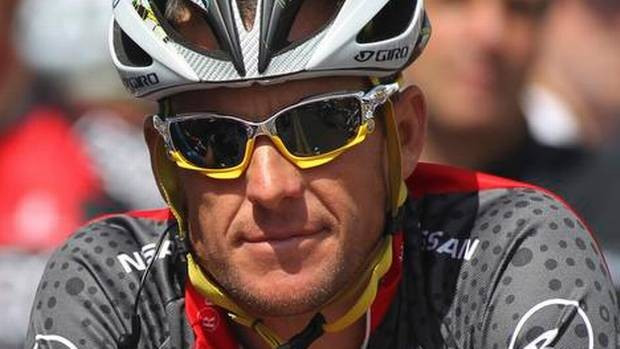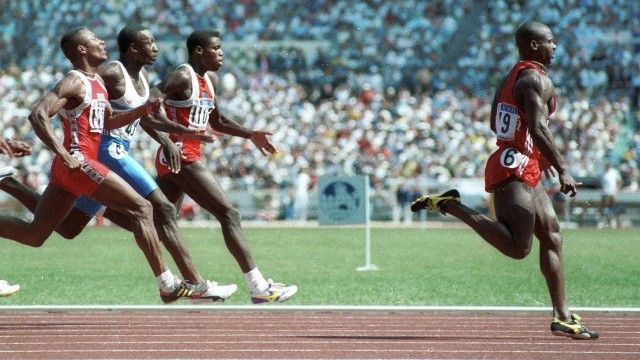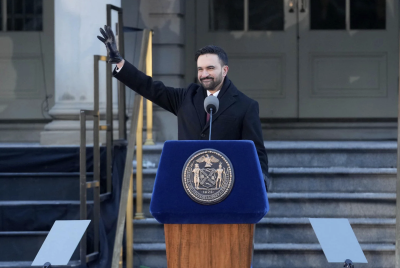Lance Armstrong Revelations the Biggest Exposure of Doping Since Ben Johnson
OPINION: The USADA report into Lance Armstrong's doping past is the biggest exposure of drugs taking in sport since the scandal surrounding Ben Johnson
Such was the unrelenting campaigning, it was difficult not to grow up believing that Lance Armstrong, the American who finishing first in seven consecutive Tour de France races, was exactly what he preached; a survivor of cancer, champion cyclist and sporting immortal.
For those who his success represents something of a blur, his return to the sport, much in the same that Michael Schumacher's triumphant but predictable resumption of his Formula 1 career did, allowed new fans a glimpse at the legend of the sport, while evoking fond memories of those who had idolised his career.
Amid allegations that doping was rife in the peloton, Armstrong's return came at another difficult time for the sport.
Michael Rasmussen, the yellow jersey holder for much of the Tour de France in 2007, was removed by the Rabobank team after missing doping tests, while the following year a spate of doping offences brought more shame down on a sport which was already laced with controversy.

As it turns out, the return of Armstrong, at the time a trailblazer for unique sporting achievement and clean competition was, in the words of Paul Kimmage, cancer's return to cycling.
The USADA's claim that the US Postal Service Team, led by Armstrong, ran 'the most sophisticated, professionalised and successful doping program that sport has ever seen', when considered in acute detail is extraordinarily accurate and makes it the biggest doping breakthrough since Ben Johnson was exposed during the Seoul Olympic Games in 1988.
Johnson exposed the refusal from the IAAF to take doping in sport seriously. With out of competition testing yet to be introduced, Johnson's program, devised by coach Charlie Francis, ensured the Canadian would train and then compete on the circuit without being detected.
While Johnson has always claimed that skulduggery affected his positive test in Seoul, he was eventually caught out as International Olympic Committee sought to clamp down on doping; in the end he was made an example of.
With his gold medal returned, two world records erased from the records, Johnson was disowned by his country Canada, banned for two years and thrown on the athletics scrapheap.

Armstrong meanwhile was forced to duck and dive amid the growing influence of the World Anti-Doping Agency, the raft of positive tests elsewhere and the accusations heading his way.
Granted, Armstrong's deviance and lies may dominate the headlines, but the achievement of nailing him to the wall, like so may have tried and failed before, shouldn't be dismissed.
Along with his fellow competitors, who raced in vain to catch Armstrong at his doping enhanced best, the empathy really belongs with the fellow cancer sufferers who used the 41 year old as a symbol of inspiration.
Many may never fully forget his inspiring work with the Lance Armstrong Foundation, but the corrupt body of work his charity was built on leaves a sour taste.
An abuser of banned substances, a drug trafficker, an administrator of doping, an aid to the downfall of fellow teammates, a liar, a cheat, cycling's chief fraudster, sport's premier duper; Lance Armstrong's legacy is certainly cemented, and shouldn't be forgotten.
© Copyright IBTimes 2025. All rights reserved.






















